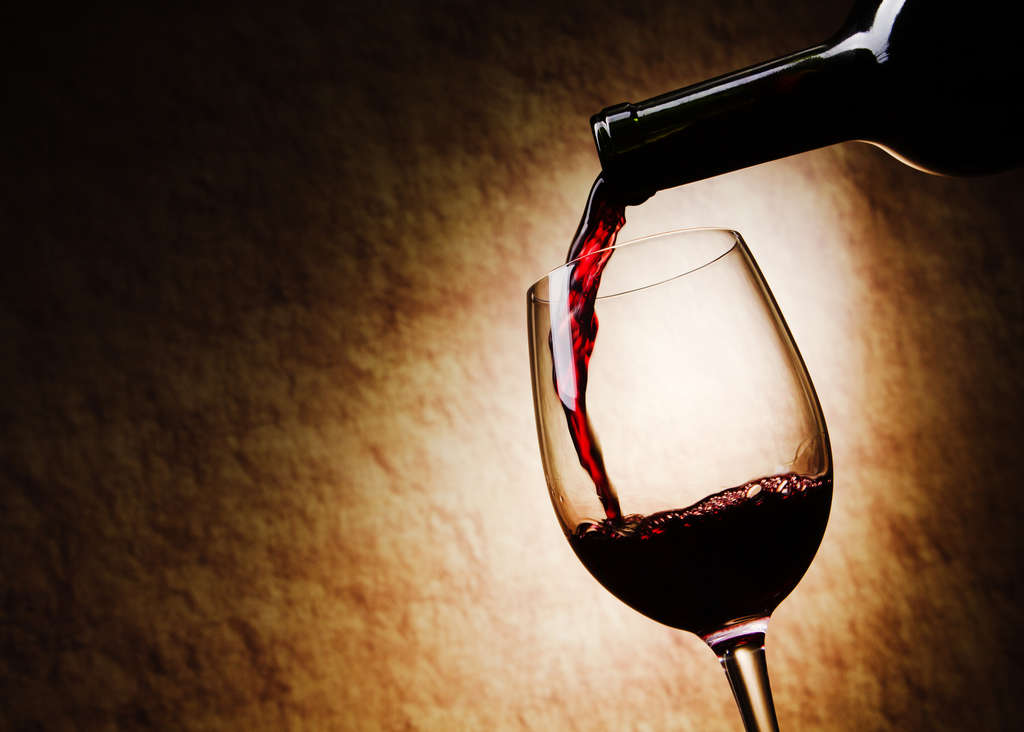Veni Vidi Vino Vici – A Tale Of Wine Economics & Finance

Exciting recommendations following the unusually successful EHL remote wine tasting session with EHL's Associate Professor, Dr Philippe Masset.
HyFlex wine tasting
Passionate in-class discussions awaits each cohort of the Wine Economics & Finance course at EHL. This year unfortunately, the course was held remotely making it impossible to conduct the usual tastings. Nevertheless, a compelling alternative, which exploits the possibilities and immediacy of exchanges offered by the HyFlex teaching model was created together with the students. Namely, a positive class dynamic was maintained through the sharing of wine experiences and tastings via the online chat function of MS Teams. What’s more, it allowed us to concoct a unique list of wicked and sometimes alternative wines that we happily share with the readers of this article.
Diversity
With a student body of 120+ nationalities, the wines tasted by the Wine Econ & Finance community were not only diverse in terms of origins, but also styles and prices. Unsurprisingly, Bordeaux was an attractive appellation to the cohort. Highlights include Boyd-Cantenac 2005 and Fontenil 1999, both at the apex of their drinking plateau, whilst Pontet Canet and Figeac 2014 demonstrated the potential of this often overlooked yet perfectly balanced vintage.
As a sign of the times, several second wines were tasted and thoroughly appreciated. Among these, Clos Canon 2009 revealed a particularly interesting quality on top of an appealing pleasure-price tradeoff. Wines from the closer-to-Switzerland regions of Burgundy and Rhône Valley also appeared to be particularly pleasurable for our students. To nominate a few for the consideration of our reader's cellars: Domaine Jacques Prieur’s Beaune premier cru 2009, Domaine Durand’s Saint Joseph Les Coteaux 1999, Paul Jaboulet Ainé’s Les Cassines 2015.
Other regions, especially Vaud, Piedmont and Tuscany were also very well represented. More "exotic" wines from the USA, Argentina, New Zealand, South Africa, Slovakia and even Czech Republic were also discovered in this expedition of appellations.
Did you say apéro?
Besides the origin of a wine, the inspiration leading to a tasting is fascinating to analyze. In these times of pandemic and social distancing, wine lends itself to a good moment with the complements of friends and family. As one student aptly suggests, "never skip apero hour"! With another adding "what else than a good Chasselas from Domaine du Daley with a few friends to start the weekend quietly?". The Grenache blanc Vieilles Vignes from Clos des Fées also provides a near-perfect “mid-afternoon apéro to share with a good friend”. If only because of its name, the cuvée En Attendant les copains (Domaine du Petit Oratoire) deserves its place in this article, "lightly effervescent, [it] tastes like the earth after the rain".
Sources of inspiration
With the repatriation of spring, the desire for a BBQ rises from the ashes and as our students found out, some wines pair particularly well with grilled meat, such as a Cahors from Chateau Lagrezette. In a similar style, the Cuvée Les Vignals from L'Ostal Levant seems more than recommendable, "short maceration and therefore very juicy, like you'd grab a handful of ripe grapes and a few dark berries and squeeze the juice out. You could literally drink this endlessly."
Interestingly, it seems that some students also found their inner Molière at the bottom of some vintages… Guest speakers offer another source of inspiration, as one group of students noted "after the presentation from Dr. Häberle, we had a strong craving for Italian wines”. A Moscato d'Asti from Saracco and a Barbaresco Rombone from Luigi Oddero seem to have been particularly appreciated in this context. Several other Italian wines were also very much enjoyed: a nice Barbera d'Asti from Tenuta Olim Bauda with distinctive aromas of wild strawberry, as well as a powerful and bold Merlot from Vigna Fodera (the Marsala area in Sicily) displaying “aromas of ripe cherries, plum and chocolate”.
Back to nature
This list would be incomplete were it not for the company of some organic, nature and so-called orange wines - sometimes from obscure origins. Many local producers are trying their hand at this novelty of wine. Of particular note is Laura Paccot, an EHL alumni, who produces wines that are as elegant as they are complex. Markedly, Her Gamay displays enticing fragrances of red currant and cherry. One student, fond of nature wines praised two wines from Strekov and Milan Nestarec wineries located in Slovakia and Czech Republic respectively. The former is “easy to drink, fruity, earthy yet light. Little spicy after taste as it is a natural wine”, while the latter parades as a “light rosé (direct press red blend and some riesling fermenting on skins) with some red fruit notes and nice minerality. Perfect summer wine”. Finally the cuvée Nur (Trebbiano, Verdicchio, Malvasia) from La Distesa “results in a very approachable orange wine, mineral, cloudy, citrusy”.
Emotions
Certain wines go beyond a description of “pleasurable” - they unearth emotions, as discovered via the students' anecdotes shared on MS Teams. Obviously, they are very personal but here are a few:
- Château d'Yquem: a special wine for special occasions.
- Chateau Bon Pasteur: a small yet highly qualitative estate from Pomerol.
- Klein Constantia Vin de Constance: for some good memories from AP.
- Barolo from Elio Sandri: for their sense of terroir.
- Meyer-Näkel, us de la meng: described as “our family favorite... always reminds me of home and long and late evenings”.
Last but not least, the Professor’s favorite is Irma la douce, a poetic blend of mint, lavender and other mountain herbs from Al Canton, a tea producer located in Val Poschiavo. Alas, the list is at an end but it is not difficult to comprehend that a good wine shared with a friend may help transcend through thick and thin, the burden of a pandemic.
EHL Hospitality Business School
Communications Department
+41 21 785 1354
EHL